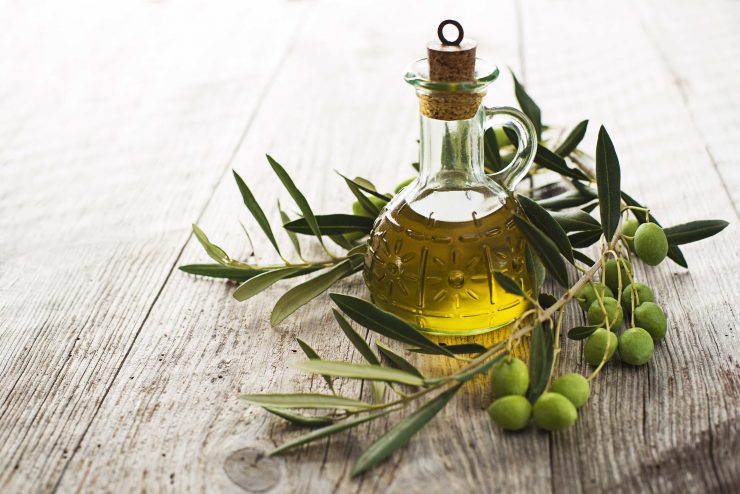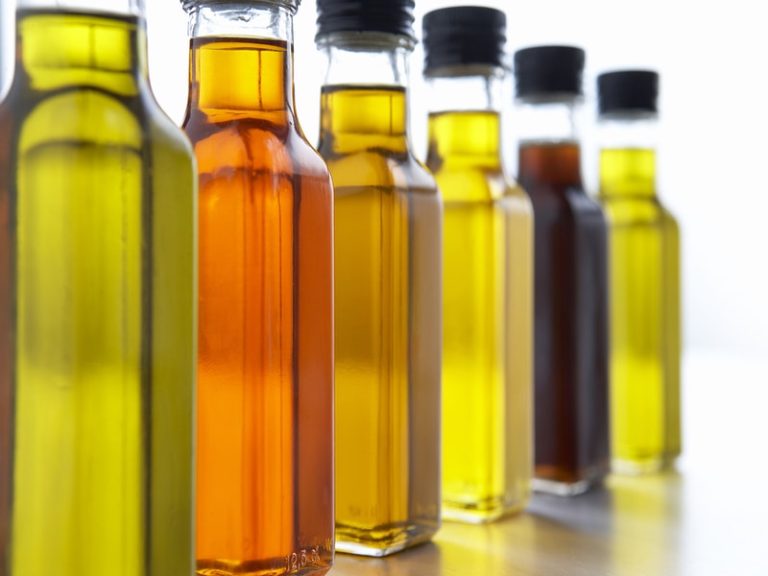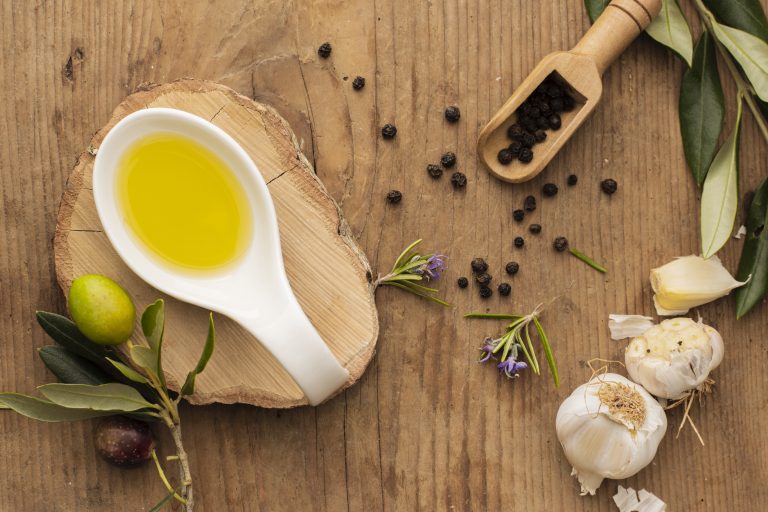
Oil Acidity: What It Is and Why It Matters
- Post author:Guest-admin
- Post published:March 3, 2025
- Post category:Approfondimenti EN
- Post comments:0 Comments
Acidity is an essential parameter for assessing the quality of oil, especially when talking about extra virgin olive oil. In technical terms, it is a value that measures the presence of free fatty acids, expressed as a percentage of oleic acid per 100 grams of product. The lower this percentage, the better the oil quality, as a reduced concentration of free fatty acids indicates that the olives were healthy and the extraction process was carried out correctly.
When a triglyceride “breaks,” it releases fatty acids. Several factors contribute to this phenomenon. The health of the olive, for example, is decisive: damaged fruit that has fallen to the ground or has been attacked by pests develops higher acidity. Harvesting methods and processing times also affect acidity levels. The longer the time between harvesting and milling, the greater the risk of increasing acidity due to fermentation processes. Finally, oil storage also plays a key role: improper conditions such as exposure to light or high temperatures lead to quicker degradation and an increase in acidity.
The classification of olive oils under EU legislation takes this parameter into account. Extra virgin olive oil must have a maximum acidity of 0.8%, while virgin olive oil can have a higher value (up to 2%). However, high-quality extra virgin olive oil often has acidity values well below 0.5%. Refined or pomace olive oils, obtained through chemical or physical processes to reduce acidity and correct sensory defects, may show very low acidity levels but lose much of the distinctive organoleptic qualities typical of extra virgin oil.
A low level of free fatty acids is regarded as a sign of quality because it reflects the care and attention paid to cultivation, harvesting, processing, and storage. From a sensory perspective, low acidity is usually accompanied by a richer aromatic profile and greater oxidative stability, thus reducing the risk of rancidity over time.
To maintain low acidity, olives should be harvested at the right stage of ripeness and processed quickly, avoiding mechanical damage and prolonged storage in unsuitable conditions. Modern cold extraction techniques also help minimize the breakdown of triglycerides and the formation of free fatty acids. Proper oil storage is just as important, using stainless steel containers or dark bottles, away from light sources and at constant temperatures between 15 and 18 °C.
In conclusion, acidity is a crucial parameter for appreciating the quality of oil. A product with low acidity not only offers more pleasant organoleptic notes but also better preserves its nutritional components and valuable natural antioxidants. Understanding and controlling this aspect ensures that extra virgin olive oil remains a healthy, flavor-rich food.






